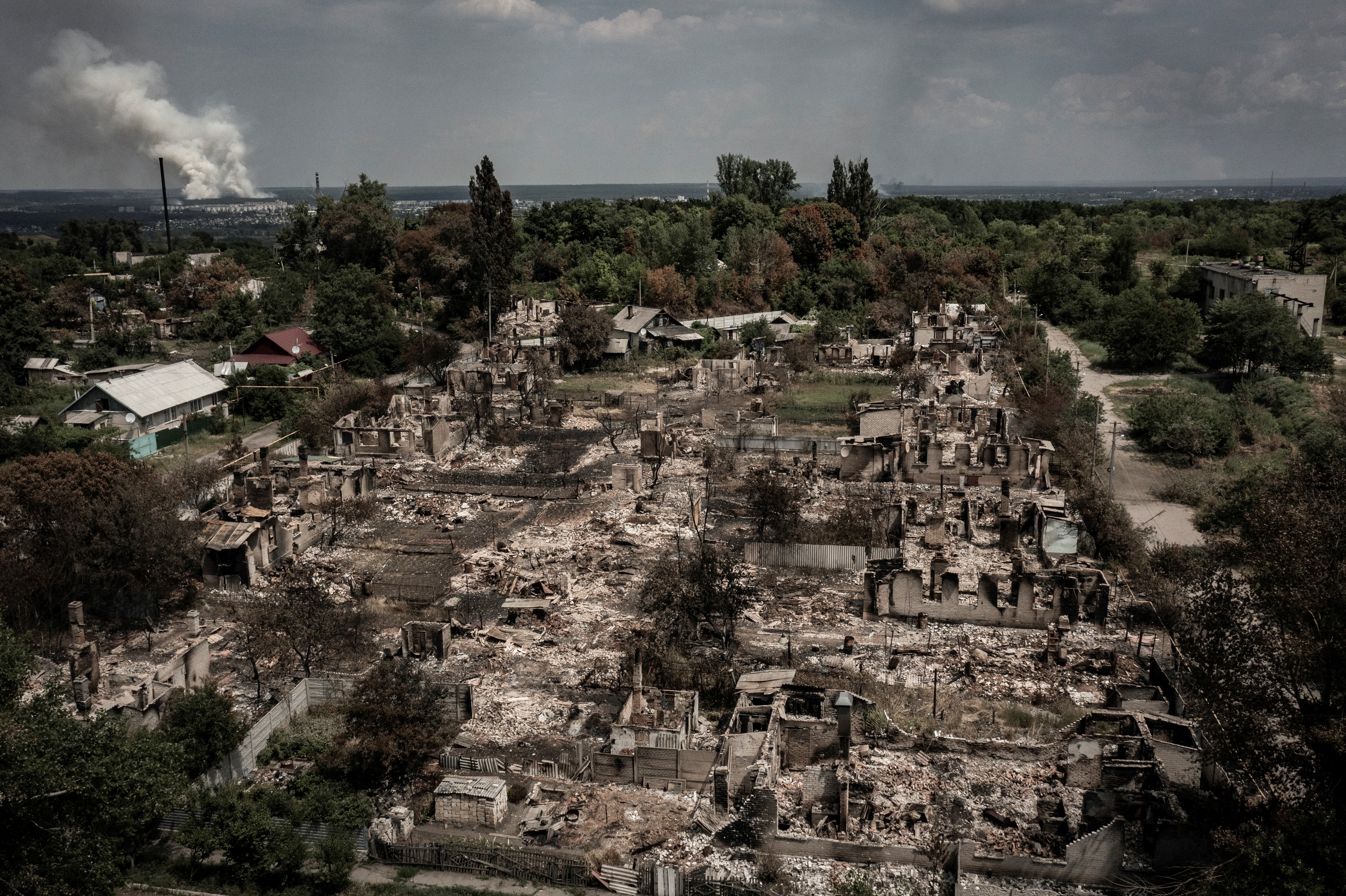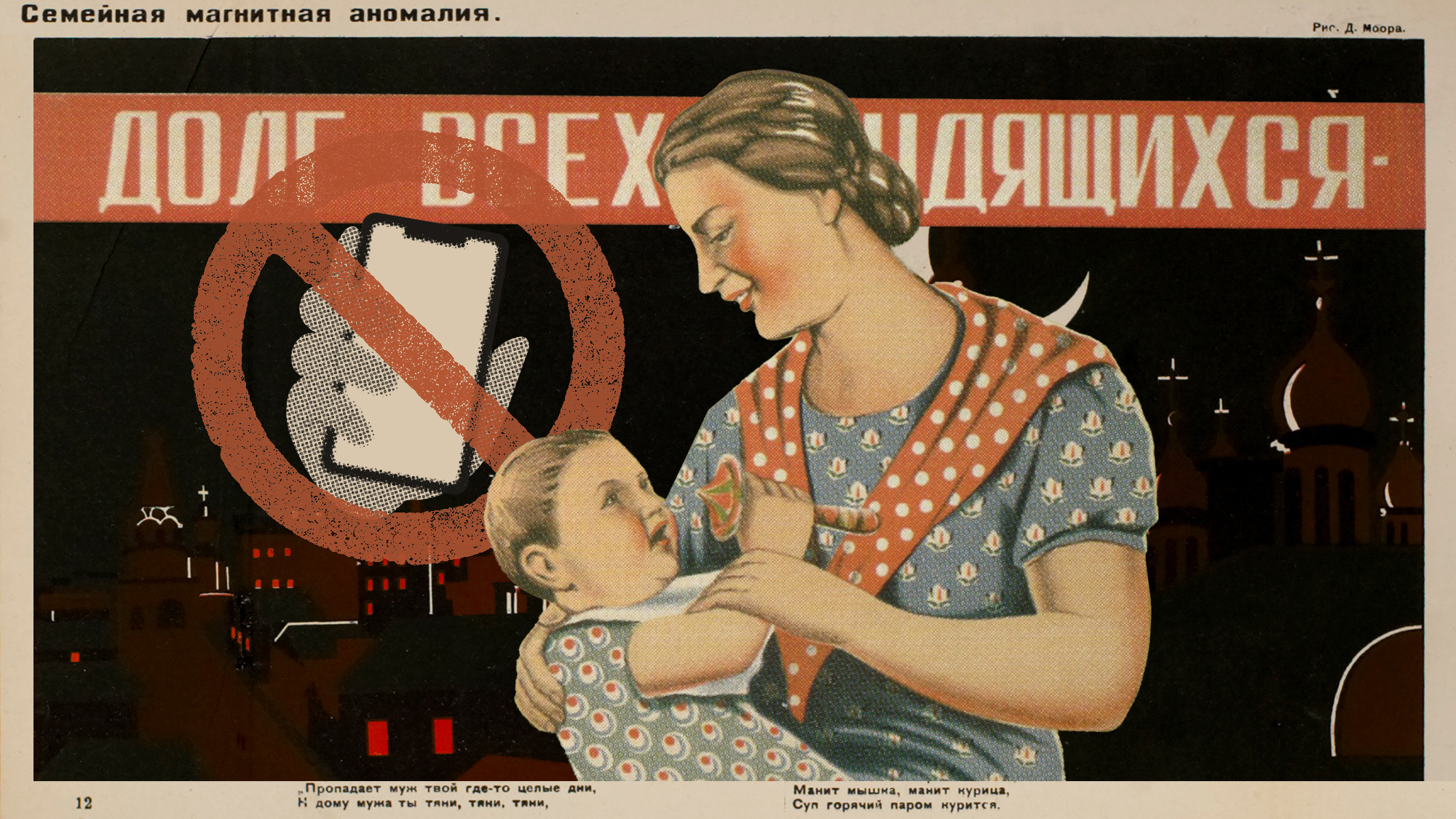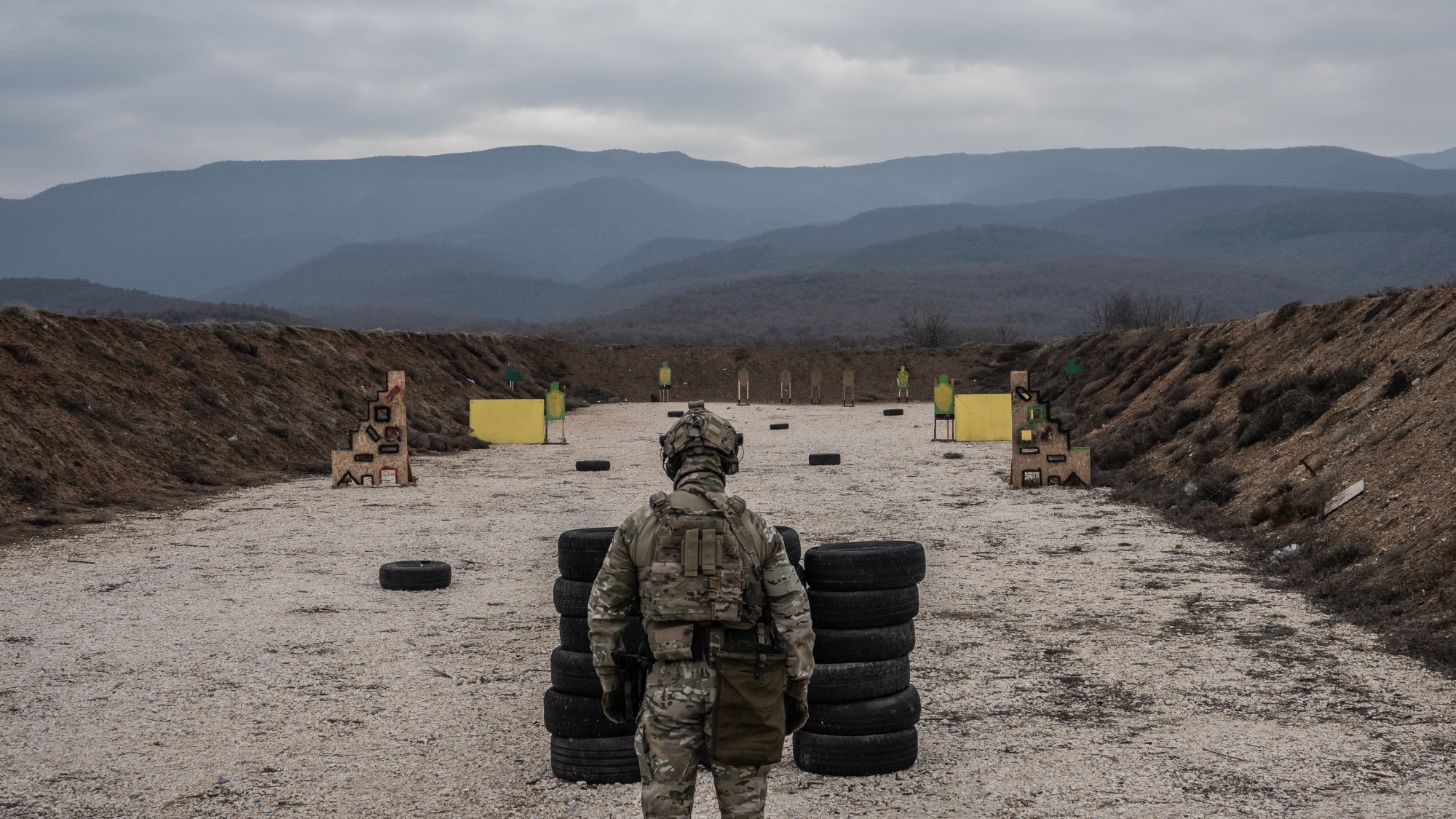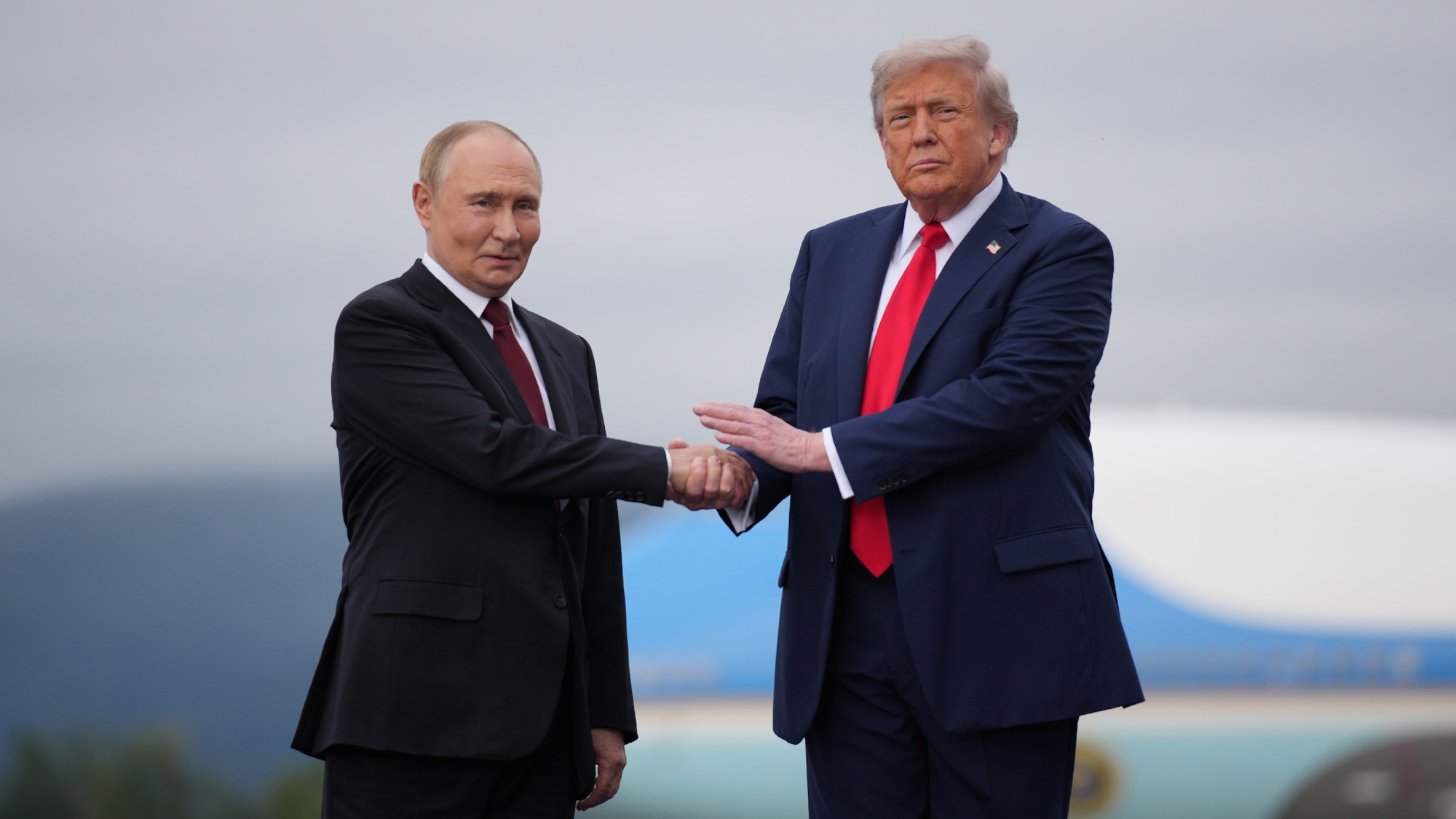The petrifying return of nuclear anxiety
Thinking the unthinkable, again


The world might end with a mistake.
New computers or sensor equipment could generate unreliable data, for example. Perhaps a military exercise, intended to simulate the outbreak of war, could be perceived as the real thing. A breakdown in communications might leave officers in the field uncertain of their orders. Or a rogue general or political faction could hijack crucial units or weapons without the approval of their governments.
For a generation of writers, filmmakers, and other artists, scenarios of unintended Armageddon were raw material. After the Cuban Missile Crisis in 1962, publishers and studios created a whole genre of popular culture about the outbreak of nuclear war. Unlike postapocalyptic fictions that imagine life after a more or less devastating exchange (a scenario that continues to thrive in video games), films like Fail Safe (1964), The Bedford Incident (1965), and, of course, Dr. Strangelove (1964) focused on the events leading up to the fatal launch. In what sequence of events, they asked, could it seem reasonable and even necessary for decent men (and they were mostly men) to do the unthinkable?
The Week
Escape your echo chamber. Get the facts behind the news, plus analysis from multiple perspectives.

Sign up for The Week's Free Newsletters
From our morning news briefing to a weekly Good News Newsletter, get the best of The Week delivered directly to your inbox.
From our morning news briefing to a weekly Good News Newsletter, get the best of The Week delivered directly to your inbox.
Despite a revival in the Reagan Era, the genre waned in the 1990s. In the military thrillers of the period, terrorists tended to replace Soviets as the atomic enemy. The moral problematic correspondingly shifts from the paradox of mutually assured destruction to an encounter with suicidal insanity. The plot of By Dawn's Early Light (1990), among the last big productions to imagine nuclear war between the United States and USSR, prefigures the shift. In its version, the apocalypse is unleashed by Communist hardliners who contrive to launch a NATO missile based in Turkey at the USSR. Ominously, their target is the city of Donetsk, in the Donbass region of Ukraine that Russia still places within its sphere of influence.
Not all these works amounted to great, or even good, art. While authors and producers sometimes boasted of their technical accuracy, their main goal was to sell books, tickets, and advertising slots. Still, commercial motives can serve civic and even moral purposes. Precisely because they gave audiences the scare they were looking for, they underlined an essential fact about nuclear war: Once the process of escalation gets underway, it could be extremely difficult to interrupt.
Especially for younger Americans who don't remember the Cold War, the stagnation of the Russian invasion of Ukraine is an occasion to learn that lesson all over again. The New York Times reported on Tuesday that experts are increasingly concerned that the prospect of strategic defeat might lead Vladimir Putin to order the use of a nuclear weapon. A number of dominos would have to fall before that course would be considered, they caution; still, the chances of confrontation between the world's largest nuclear powers are higher than at any time in more than thirty years.
Military planners and scholars never ceased to consider these risks, of course. The Times report emphasizes the dangers of new weapons, which have reduced destructive potential that might make them more tempting to use. But tactical or non-strategic arms have been part of the nuclear arsenal for decades. In fact, they're central to the plot of The Bedford Incident, which was conceived as a serious alternative to the satirical Doctor Strangelove but ends the same way —with the outbreak of World War III.
A free daily email with the biggest news stories of the day – and the best features from TheWeek.com
The truth is, no one knows how the United States would answer the Russian use of nuclear weapons, tactical or otherwise. As my colleague, Jason Fields, notes, one of the terrors of nuclear escalation is that the specifics of any response must remain secret until actually executed. There are also political complications. Although the U.S retains unilateral control of our nuclear weapons, including those based in Europe, significant changes in their deployment, let alone use, would require coordination with other NATO members. The issue is apparently on the agenda for Thursday's emergency meeting in Brussels, although it's worth balancing any information that transpires against the adage that "those who know don't say, those who say don't know."
Widespread opposition to a no-fly zone is an encouraging sign that we haven't entirely forgotten the lessons of the Cold War. If we make it out alive, this crisis might even stimulate a revival of the kind of geopolitical popular culture that may have played a small role in preventing the nightmare of nuclear war by depicting it so personally and vividly — an intentional contrast to the visual abstraction and clinical vocabulary that dominate fictional war rooms.
In the meantime, though, there are worse ways to spend an evening awaiting news from Ukraine than revisiting the old Cold War classics. Still not scared? Spend a few minutes on the Nukemap website and reacquaint yourself with the sum of all fears.
Samuel Goldman is a national correspondent at TheWeek.com. He is also an associate professor of political science at George Washington University, where he is executive director of the John L. Loeb, Jr. Institute for Religious Freedom and director of the Politics & Values Program. He received his Ph.D. from Harvard and was a postdoctoral fellow in Religion, Ethics, & Politics at Princeton University. His books include God's Country: Christian Zionism in America (University of Pennsylvania Press, 2018) and After Nationalism (University of Pennsylvania Press, 2021). In addition to academic research, Goldman's writing has appeared in The New York Times, The Wall Street Journal, and many other publications.
-
 All roads to Ukraine-Russia peace run through the Donbas
All roads to Ukraine-Russia peace run through the DonbasIN THE SPOTLIGHT Volodymyr Zelenskyy is floating a major concession on one of the thorniest issues in the complex negotiations between Ukraine and Russia
-
 Russia’s ‘weird’ campaign to boost its birth rate
Russia’s ‘weird’ campaign to boost its birth rateUnder the Radar Demographic crisis spurs lawmakers to take increasingly desperate measures
-
 How Bulgaria’s government fell amid mass protests
How Bulgaria’s government fell amid mass protestsThe Explainer The country’s prime minister resigned as part of the fallout
-
 Europe sets 2027 deadline to wean itself from Russian gas
Europe sets 2027 deadline to wean itself from Russian gasIN THE SPOTLIGHT As negotiators attempt to end Russia’s yearslong Ukraine invasion, lawmakers across the EU agree to uncouple gas consumption from Moscow’s petrochemical infrastructure
-
 Is Europe finally taking the war to Russia?
Is Europe finally taking the war to Russia?Today's Big Question As Moscow’s drone buzzes and cyberattacks increase, European leaders are taking a more openly aggressive stance
-
 Pushing for peace: is Trump appeasing Moscow?
Pushing for peace: is Trump appeasing Moscow?In Depth European leaders succeeded in bringing themselves in from the cold and softening Moscow’s terms, but Kyiv still faces an unenviable choice
-
 Femicide: Italy’s newest crime
Femicide: Italy’s newest crimeThe Explainer Landmark law to criminalise murder of a woman as an ‘act of hatred’ or ‘subjugation’ but critics say Italy is still deeply patriarchal
-
 Brazil’s Bolsonaro behind bars after appeals run out
Brazil’s Bolsonaro behind bars after appeals run outSpeed Read He will serve 27 years in prison



